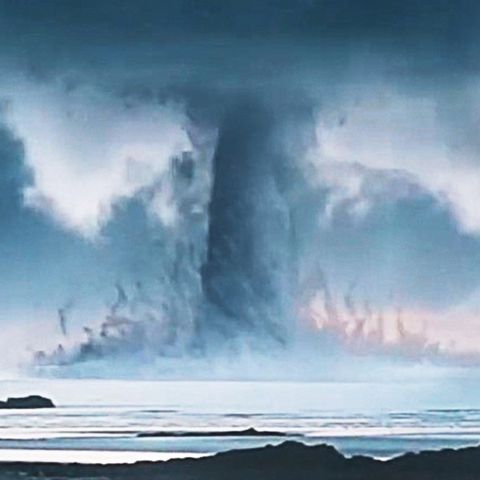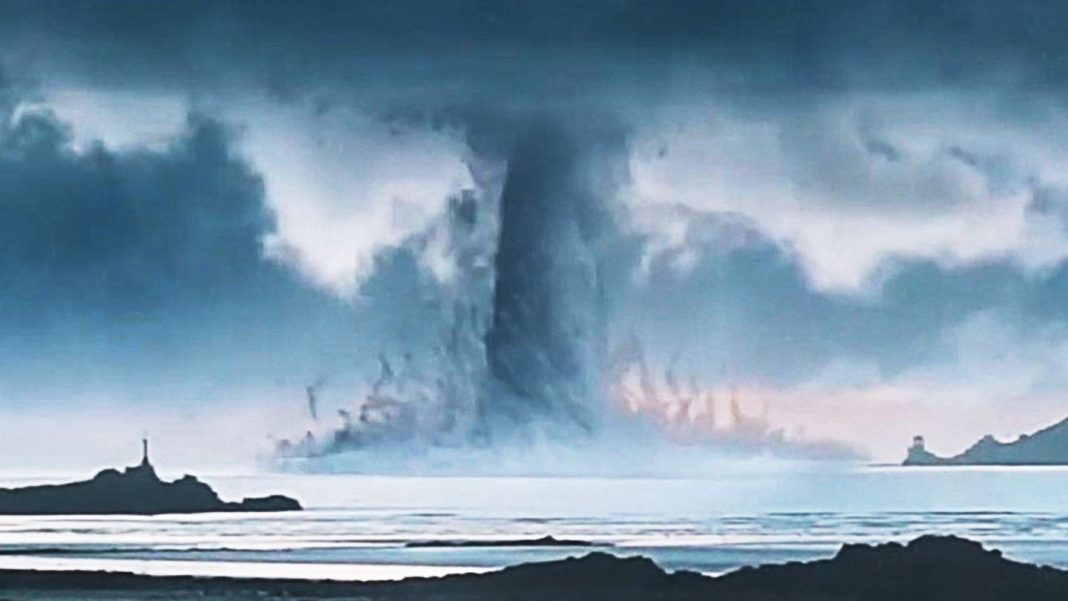
Incredible natural spectacle: this video is spreading on social media.
Masses of water rush out of the sky above the sea, swirl around and turn into a tornado.
The clip, allegedly recorded in Libya, is shared and commented on by numerous social media users.
But what about the video?
The spectacular weather phenomenon is not real footage.
3-D designer Alexandru Dineci created and released the spectacular video back in December 2018.
In the accompanying text, the video producer makes it clear that this is not a real natural spectacle. However, this information is often lost when the video is retransmitted by other social media users-which ensures that the clip is considered genuine by some users.
For the production of the video, Dineci uses the animation and 3 – D programs “Adobe After Effects”and” Cinema 4D”.
The basis for the fake clip is a video filmed on the beach of the British island of Jersey, in which the tornado was subsequently inserted. The claim that the clip came from Libya is fictitious.
In the social networks, he publishes making-of material on the faked tornado video.
The video shows: A video clearly marked as fake can be perceived as real through the distribution on social media. The lack of context thus turns a 3-D animation into a threatening natural event.
How do we in the editorial office examine videos for manipulation? A look at the details is important. The individual images of a video often reveal whether a video has been edited. We look closely at each picture and enlarge individual sections. Indications for a fake are, for example: lack of motion blur, unnatural shadow cast or editing errors. In the case of the star, the following generally applies: seriousness before speed. We always check facts and material thoroughly before publishing them. For this we work with the cross-editorial “Team Verification” together with RTL, NTV, RTL2, Radio NRW.


